How to buy the right clothes for baby in 2022?
How to select clothes for baby?
Choose clothes that are simple to put on and take off. You’ll soon discover that you like baby clothes that are quick to put on and take off. If the clothes are difficult to change, it can make you feel bad, take more time to deal with, and may even upset your little one.
- Elastic clothes are the best.
- Clothes with buttons should be avoided. Velcro is a good alternative.
- Removable bottoms on clothes are also ideal.
When picking baby clothes for boys or baby clothes for girls, opt for layers and two-pieces instead of one-piece outfits without easy diaper access. Soft fabrics are also a priority.

When shopping for baby clothes, check for tagless options and focus on high thread count cotton. You may also want to consider synthetics like polyester. Be sure to buy clothes appropriate for the season.
Having the right baby clothes for the season will ensure your baby is weather-friendly and looks stylish.
- Make sure to keep your baby warm in the wintertime by dressing them inappropriate clothing such as onesies, socks, booties, and head coverings.
- However, don’t dress them in too much clothing in the fall, spring, or summer, and focus on only the essentials for the first six months.
Focus on necessities for the first six months. You should only focus on essential items for your baby’s first six months. The ultimate reason is that babies grow very fast and do so shortly after they get dressed. Consider the following items:
- Choose comfortable pants that can be easily removed for diaper changes.
- Pick a baby hat and a quality sun hat to keep your baby warm enough. The baby’s head should be covered during the first few months to protect it from the cold and the sun.
- Shop for rompers and bodysuits. These can have snaps on the front, sides, or between the legs. They can also be long-sleeved or short-sleeved, depending on the weather. You can also wear a onesie under other clothing in cold weather.
Invest in comfortable pajamas for your baby to sleep in every night. Socks and booties are a must. Baby shoes are not necessary until they start walking. Bibs are also a necessity.
Clothing that is easy to launder is ideal. It’s important to buy clothes that are easy to wash, as babies may spit or mess up their clothes a lot. Because of this, you may be washing several sets of clothes in a day, quickly accumulating a lot of clothes to wash. Therefore, you will need to focus on easy-to-wash clothes – which will save you a lot of time.
- Avoid knit fabrics, as they will need to be hung dry. They may also pill or degrade quickly if not properly cared for.
- Keep in mind that cotton shrinks when exposed to heat.
- Wash wool in cold water and try to avoid the dryer. So wool baby clothing can be a poor choice.
Buy baby clothes that are at least one size larger than the baby needs at the time. This is not only because babies grow faster, but it also allows you to wear them longer. So, every time you buy new clothes, think carefully about buying clothes that are big enough.
 While you might not want your baby clothes to be too big at first, You might not want your baby’s clothes to be too big at first, you’ll be glad you did when you see how much longer they last.
While you might not want your baby clothes to be too big at first, You might not want your baby’s clothes to be too big at first, you’ll be glad you did when you see how much longer they last.- You can use a size forecaster like http://www.sizecast.com/ to predict your baby’s future size.
- If you decide to buy a garment when your baby is 6 months or older, make sure you take into account what season the garment will ultimately fit in.
Shopping for baby clothes can be a daunting and frustrating task. It’s not just about choosing clothes that fit your baby, but also what your baby likes. Plus, you need to do a lot of planning because babies grow fast and get dressed almost as fast as they fit.
For this reason, shopping for clothes for a baby can be one of the most difficult shopping experiences you’ll ever have. Fortunately, however, with a little information and a little time, you can shop for baby clothes effectively and efficiently.
Many people like to give baby clothes as gifts, but they usually buy small ones that won’t last long. Take advantage of this by not buying too much until your baby is born, then buy wisely for the best value.
How to Build Your Baby’s Wardrobe
 There are a few things to consider when trying to determine how many baby clothes you need and how to add them to your list.
There are a few things to consider when trying to determine how many baby clothes you need and how to add them to your list.
1. Think About Laundry
How many times you do laundry (and how often you actually do it) has a big impact on how many baby clothes you need on hand.
With our list of newborn essentials below, pre-set how many clothes you’ll be washing in a week. If not, you may need more or fewer clothes. Here’s how to adjust:
- If you only plan on doing laundry once a week, multiply the number below by 2.
- If you do laundry every day, cut the following numbers in half.
2. The Sizes of Baby Clothes
Deciding which size to add to your list, and how many, can be tricky because it’s hard to predict what size your baby will be born in and how fast they’ll grow. Remember the following tips:
- Presume it big. Most newborns are over 8 pounds in size, so if you have a heavier baby, they may need 0-3 months of size to start. (If they’re smaller, they’ll likely only fit a few weeks in newborn size.) Choose a few newborn items, and then focus on 0 to 3 months, as these are suitable for babies 12 years old or under 13 pounds.
- Offer more choice. Every brand of baby clothes behaves differently when it comes to size. Some brands are wider and are great for taller babies, while others are slimmer, which works best if your baby is tall and thin. Since you won’t know your baby’s size until you’re born, try mixing different types of clothing so you have several different fit options.
3. Stay Organized
Little baby clothes must be cute – and they’re easy to forget to organize early too. Organizing your baby’s wardrobe by size is the best way to know what’s right for her right now and the next size available when it does.
- Drawer dividers are a good investment if you store most of your baby clothes in a closet. They help keep everything in one place (we’re looking at you, little baby socks) and can be configured by garment type, size, or any other way you want.
- If you use a closet to store your child’s wardrobe, check out the closet dividers. These sturdy little pegs separate clothes into different sizes (this suit is suitable for newborns to 2T) so you can easily see what you have and are less likely to forget about your clothes before they run out.
Another practical tip: Change clothes once your baby gets older. Mastering this onerous task can go a long way in managing your baby’s wardrobe. Carry a storage box (or two) with you so you always have somewhere to put them; you can then decide if you want to keep them for future use or pass them on to someone else.
How Many Baby Clothes Do I Need?
Five bodysuits or 50? Here’s how to figure out the right number of baby clothes to put on your registry.
For lots of pregnant people, it’s tough to resist adding a million baby outfits to your registry.
On one hand, messes happen—a lot—and having clothing options for quick outfit changes can be handy. But on the other, babies grow quickly, and your little one isn’t going to stay in one size for very long.
So how many clothes does your baby actually need?
This list breaks down the standard number of clothing items you’ll want on hand for your newborn’s wardrobe. We’ve also included items to add specifically for summer and winter babies and a few things for special occasions.
Seven Bodysuits or Rompers
Bodysuits can serve as an easy, no-fuss outfit in summer or a basic layer in winter and come in both long- and short-sleeve styles. With seven, if you wash a couple of loads a week, you’ll always have clean ones on hand.
Three to Five Pants

Four Sleepers, Footies, or Gowns
Sleepers and footies are for much more than just sleep—they work for daytime, too. They can also be paired with a swaddle for nighttime in colder climates. And a gown is a great wardrobe addition. especially during those first few months when you want something quick and easy for frequent diaper changes.
Two Hats
Beanie-style hats are important in the early weeks and months to keep your baby warm. (Just remember no hats when baby is sleeping!) Baby hats wholesale, Start with two—one for your little one to wear and one for the wash. In colder climates, fleece hats are also nice to have.
Five Pairs of Socks
Even in summer, you’ll want to make sure your baby’s feet are cozy in socks.
Tip: Get them all in one color so you don’t have to match tiny socks. And if your baby’s due in winter, add two extra pairs.
Two to Three Swaddles
Swaddles aren’t clothes, per se, but many babies spend a lot of time in them. Why? Many babies like to be swaddled for the first few months—it’s very womblike and helps prevent their startle reflex from waking them up. For newborn sleep time, you may find many nights you just put the baby in a diaper and swaddle for sleep.
Expecting a Winter Baby?
Two Sweaters or Sweatshirts
A cardigan or zip-up hoodie is great for when there’s a chill in the air, and it’s easy to take off if the baby gets too warm.
One Pair of Mittens
Cover up little hands with cozy mittens. This particular pair is extra smart: the cord keeps the pair together so one of the mittens won’t go missing.
Tip: Even when it’s not winter, cotton mitts can come in handy with newborns to help prevent them from scratching themselves with their super-sharp new nails.
One Winter Coat or Bunting
Winter babies need at least one layer of extra-warm outerwear. In warmer climates, a winter coat with warm pants is enough, but for colder regions, get full-body outerwear (like a bunting sack—a sort of baby sleeping bag—or a stroller bunting) to make sure baby stays snug in any weather.
Two Slippers or Booties
Babies don’t need shoes (in fact, they aren’t necessary until the baby starts walking), but booties are great for extra warmth.
Expecting a Summer Baby?
One Sun Hat
A sun hat is a must-have for being outside on warmer days. Get one with a wide brim that fits snugly so it won’t fall off. This one also features an adjustable toggle that creates a custom fit as the baby grows.
Two Lightweight Blankets
The best way to protect your new baby from the sun is with shade, and the simplest way to do that without overheating the baby is with a light cotton or muslin blanket. Drape it over your stroller, car seat, or carrier—just be sure to leave plenty of space for air to circulate.
Special Occasion Additions
With a brand-new baby, you’ll probably have a few occasions to dress up or take some adorable photos. A coming-home outfit is also a sweet addition.
Related: TOP 10 Wholesale Baby Clothing Suppliers In 2022
———————————————————————————————————————————————–
After considering all the factors above, we hope some of the tips and reminders will be helpful for choosing the ideal outfit for this joy bundle in your life. If you want to live minimally with the most thoughtfully created pieces, Akidstar’s New arrivals will bring you much delight.


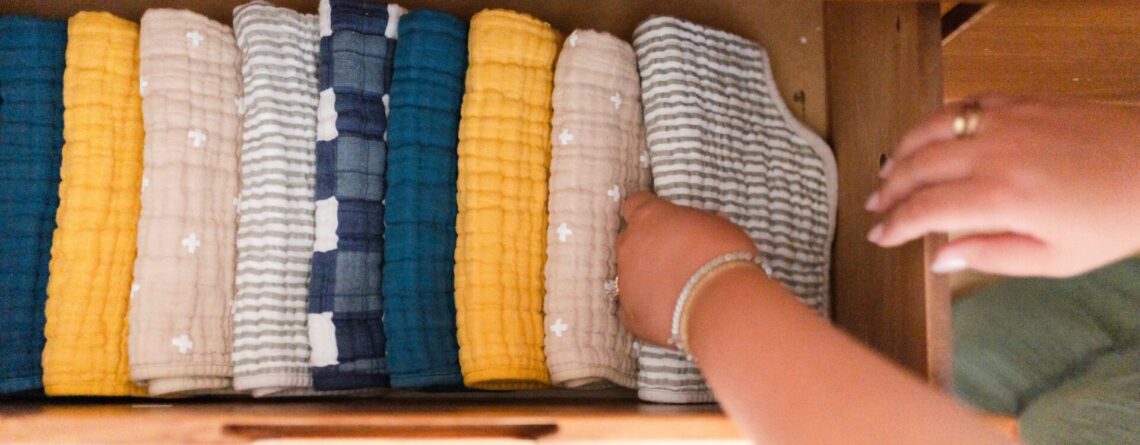


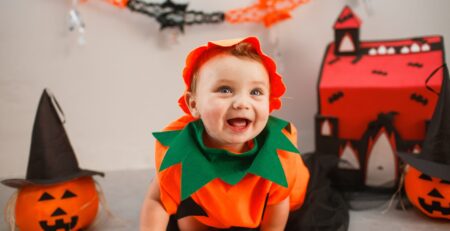

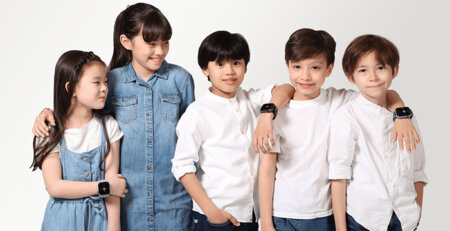
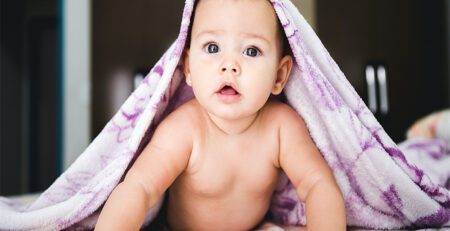
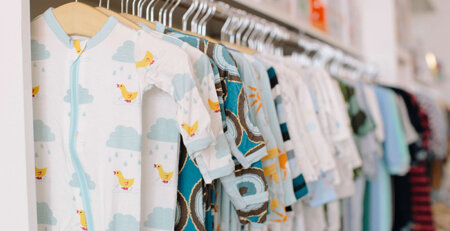
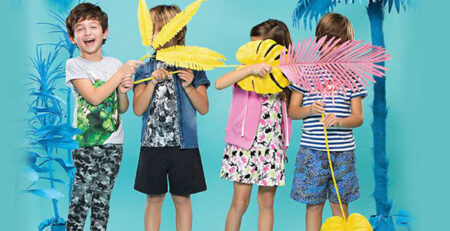
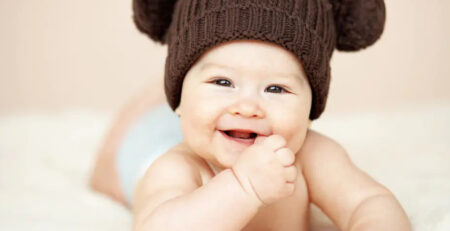
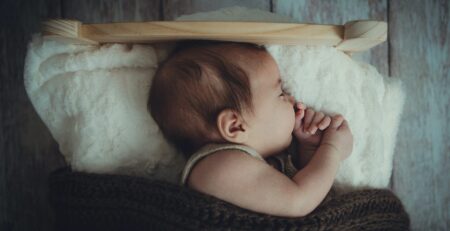
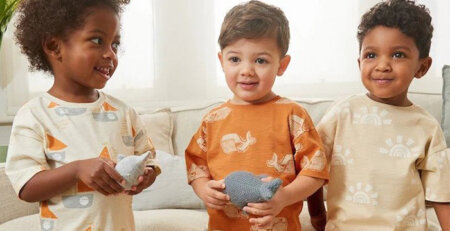
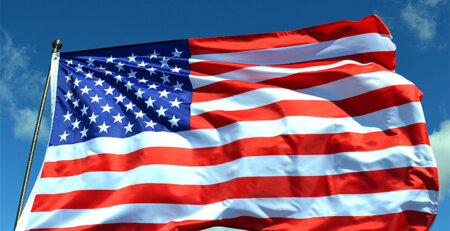
LEAVE A COMMENT